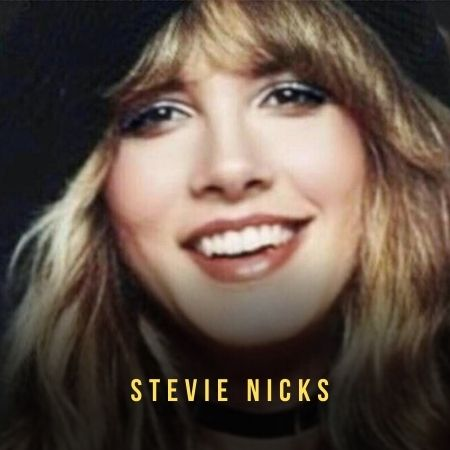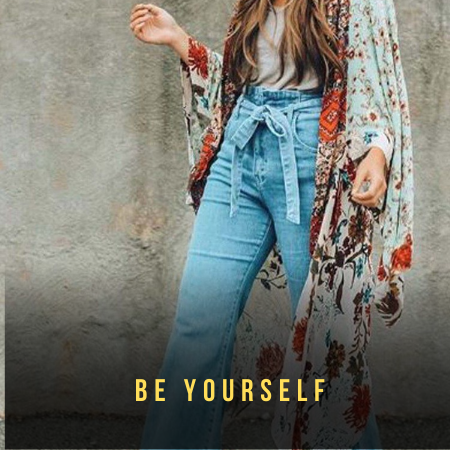Dream Catchers – A Symbol of Protection
You must have seen a hoop woven like a web with a feather dangling at the edge at the trees, porches, on a cradle, in the house or gift shop. But, have you ever think what it is and how it originated? What is the purpose of a Dream catcher? Does it catch dreams? Or is it used as spider webs?
Well, what if I tell you that a Dream catcher has a long history. It has originated from a tribe. It has its purposes that you haven’t even thought about. Isn’t it interesting that a small piece of woven hoop not more than a decoration has a long history and interesting facts?
Sounds cool, right? So be with me to know how exactly this Dream catcher came into being does.
Native American Dream catcher – Story behind Its Origin
First of all, let us define a dream catcher. “It is a wooden hoop with a willow, woven by natural fivers into a web. Around the hoop, at aside, there are feathers and beads attached to it.” The beads and feathers attached around it are thought to be sacred. It is also used in jewelry items, handicrafts, and as a decoration piece for your home. However, dream catchers are being used for ages. They get more popularity in the 1980s.
The Historical Timeline of the Dream catcher
A dream catcher is thought to be a symbol of Native Americans. It comes in different shapes and various sizes. It is considered that Indians living in American created this symbol of protection. But it has a long story behind it.
It is often associated with Native Americans, but it has its root in the Ojibwa Chippewa tribe. In the Ojibwa language, it is known as “asabikeshiinh.” “Asabikeshiinh” means spider. The dream catcher is woven in a spider web pattern. Therefore it was named “asabikeshiinh” (dream catcher). Also, this weaving pattern is similar to Native American shoemaking. So, now you know how the name dream catcher originated.
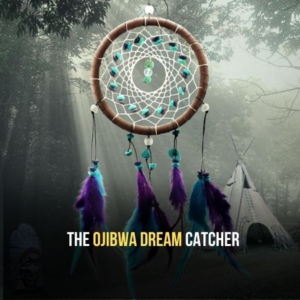
You must be thinking, what is the connection between a spider web and a dream catcher? Right! Here is the actual story.
Almost all of us consider spiders creepy creatures. But there was a tribe in ancient times that considered it as a symbol of protection and love. This tribe was known as Ojibwe. The tribal people of this time believed that a spiritual woman was living with them whose sole duty was to protect the tribe. This woman was known as “Spider-Woman.” She tries to protect the Ojibwe people, particularly young children.
But with time, as the tribe dispersed and spread to distant places, it became difficult for the spiritual spider people to protect all of them. It was so because people settled farthest away. So this was the time when Spider-Woman created the first “Dream catcher.” It was created with sacred beads, feathers, and other elements to protect the people.
Following the footsteps of the spider woman, mothers and grandmothers from various upcoming generations continued to make the same charm to keep their children protected. It was thought to protect the children from evils, even from distant places mystically.
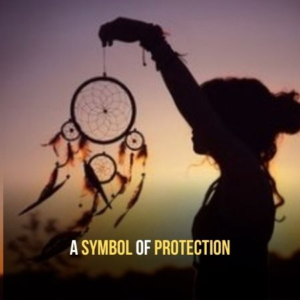
What Do the Elements of Dream Catcher Mean?
The hoop of the dream catcher is made up of a red willow branch woven with sinews. This hoop consists of sacred feathers, wooden hoops, and a spiderweb-like pattern that resembles the spider woman. Apart from being scared, all these elements have a special meaning that will surely amaze you.
The Frame
The round frame around the web and where the feathers are attached is in the shape of the circle. This circle depicts the shape of the earth—the place where all of us exist.
The Spider Web
The web inside the wooden frame is sacred and is believed to absorb all the evil dreams that can harm children.
The Dangling Feather
The dangling feather on the edge of the wooden frame acts as a ladder and descend the good dreams to the child who is sleeping.
How Dream catcher Spread around the World
Like the Ojibwa Tribal people, many communities around them started to make dream catchers protect their children and even houses from the evils. With that, it became very popular, and almost every house has a dream catcher. It became a being of charm and even spread over the pan Indians communities. With its spread and time, the design of the dream catcher also evolved. Just like the other advancement in the world, they also evolved into different shapes and sizes.
Nonetheless, these similarities are rare. There is as yet a sizable hole among firsts and present-day dream catchers. These recent fads are made, sold, and displayed by the advanced time, which is thought of, by a few, to be an infringement of the way of beliefs, culture, rituals, and customs connected to the conventional dream catchers.
This has made it exceptionally overwhelming to discover genuine dream catchers. Lately, dream catchers have been supposed to be more American than Native American. They are made of modest materials and typically larger than average.
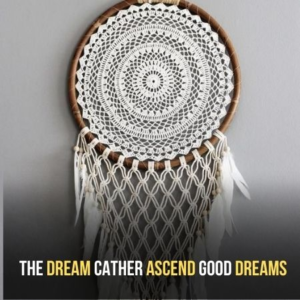
Interesting Fact About Dream Catcher & Its Origin
The Lakota Tribe
According to some belief, the dream catcher is though be originated from Lakota Tribe. Like the Ojibwa tribe, it was an ancient tribe with firm beliefs and customs. Here is the story behind the Lakota dream catcher.
While getting an otherworldly vision high on a mountain, a Lakota tribe’s leader met Iktomi, a prankster who likewise held incredible shrewdness. Appearing to the forerunner as an arachnid, Iktomi made a willow circle and turned a web within it.
He told the matured Lakota man that numerous powers, both brilliant and dim, would struggle to enter people groups’ fantasies. The fantasy catcher he was making would get the splendid powers and permit the dull ones to get away and catch fire. So Iktomi taught the older person to make dream catchers for his kin to accomplish a bright future by catching the great dreams that are passed up in the breezes of the evening.
It is believed that this vision of Lakota is passed on to generation after generation Indians and that is how Indians are connected with the origin of the dream catcher.
Some people support the Ojibwa tribe’s history, and some follow the Lakota, which is related to the Indians. Which tribe do you support?
Final Words
Whether the dream catcher originated from Ojibwa or Lakota or Indians or Americans, it is surely a sign of good luck charm. Whether you use it as a dream catcher or as a cute little décor for your house or bag or jewelry, it will always emit positive vibes. Also, having a dream catcher at home feels cool.
Did this article help you in any way? Let us know in the comment section.
Also, have you bought your dream catcher? If No visit the site BohoVille



